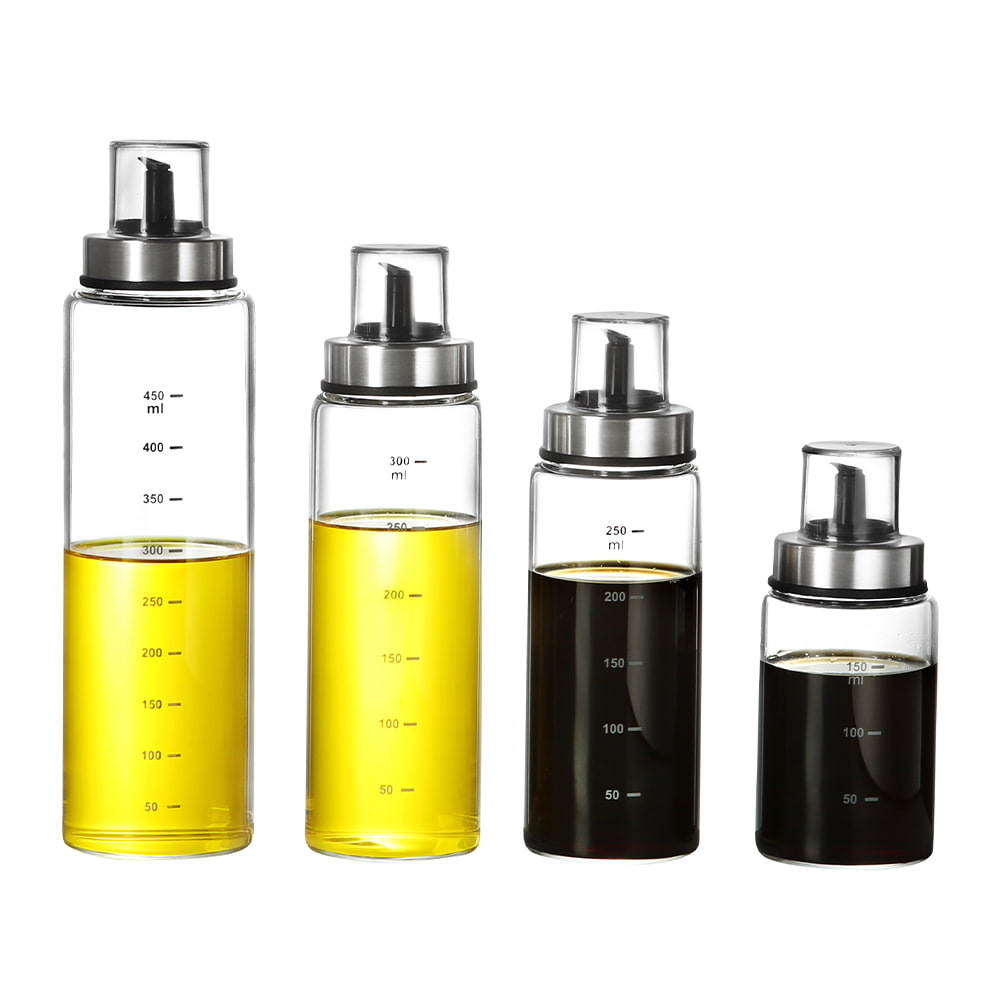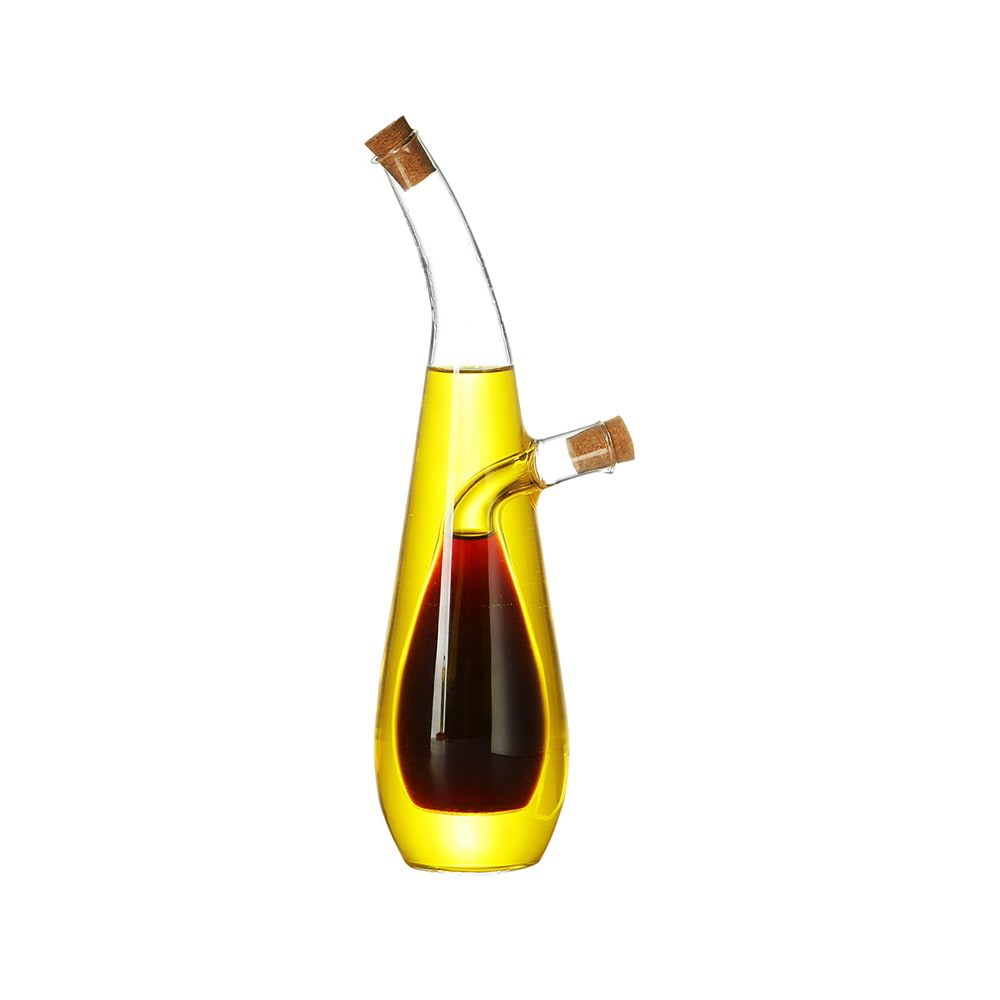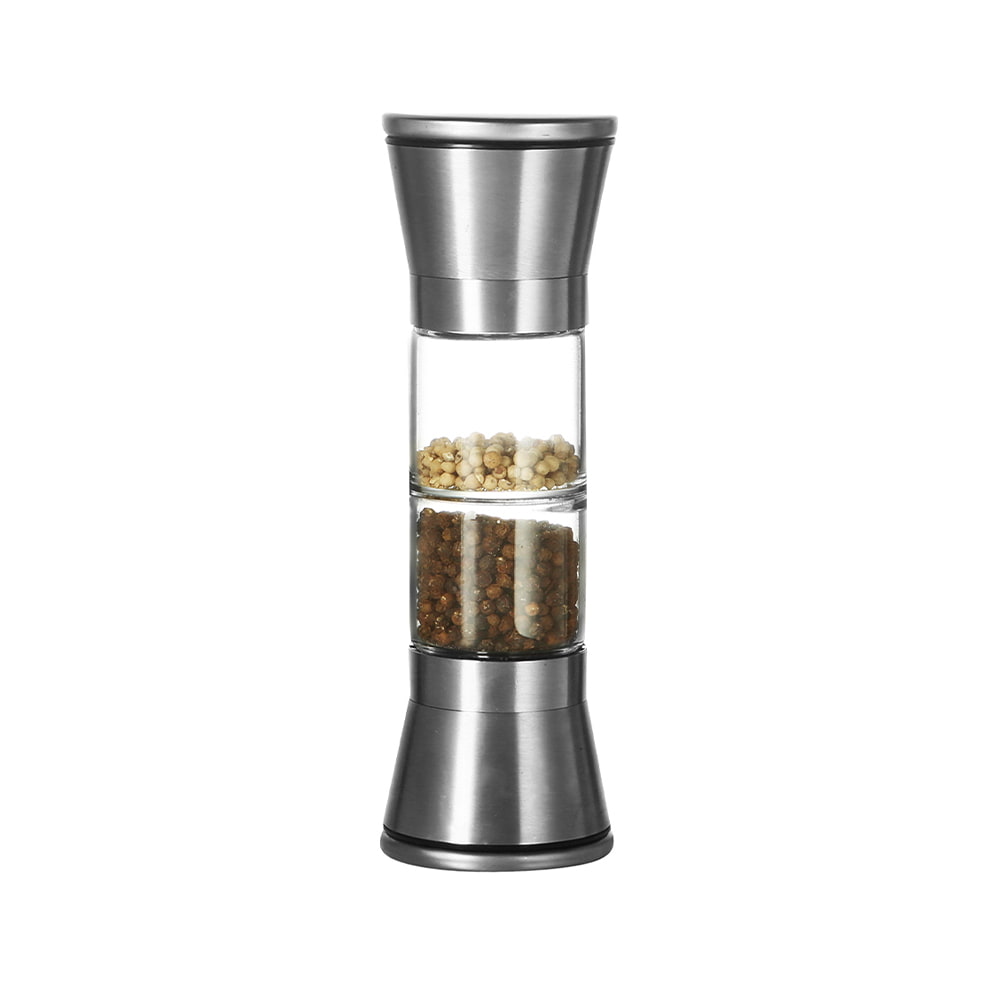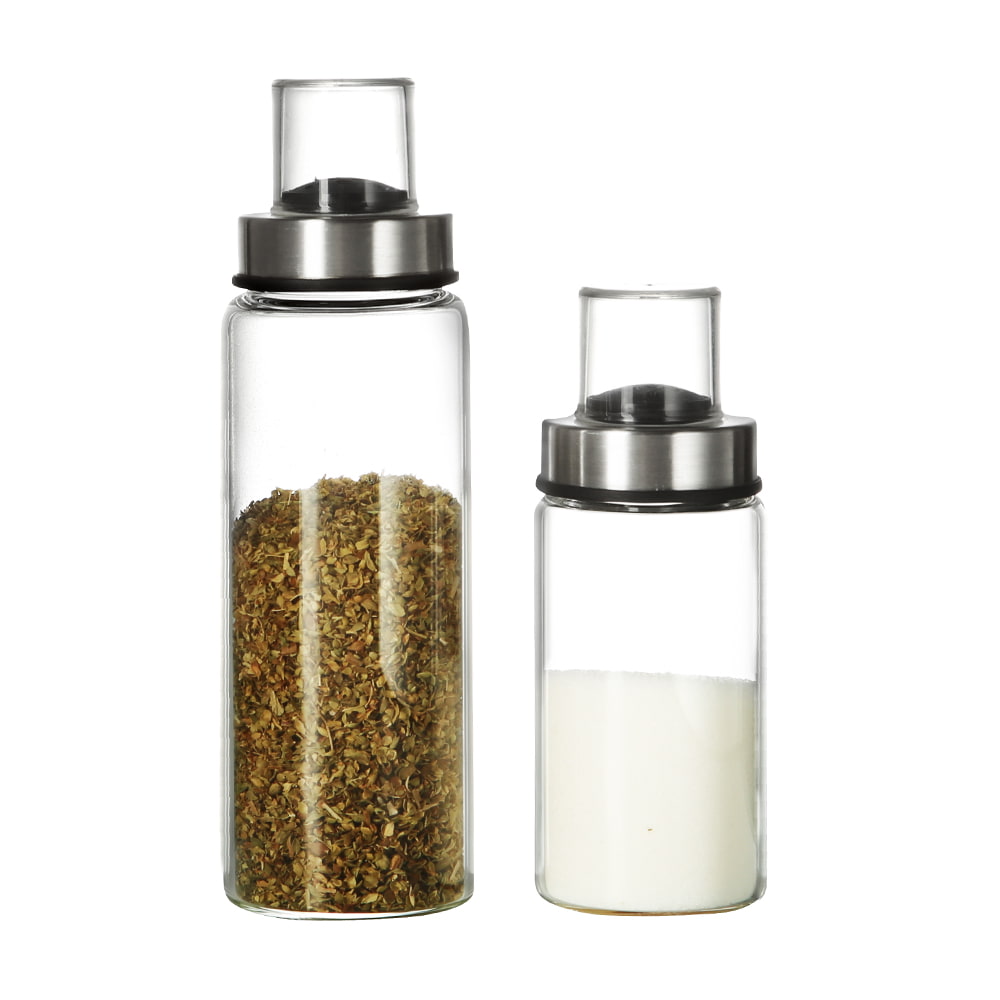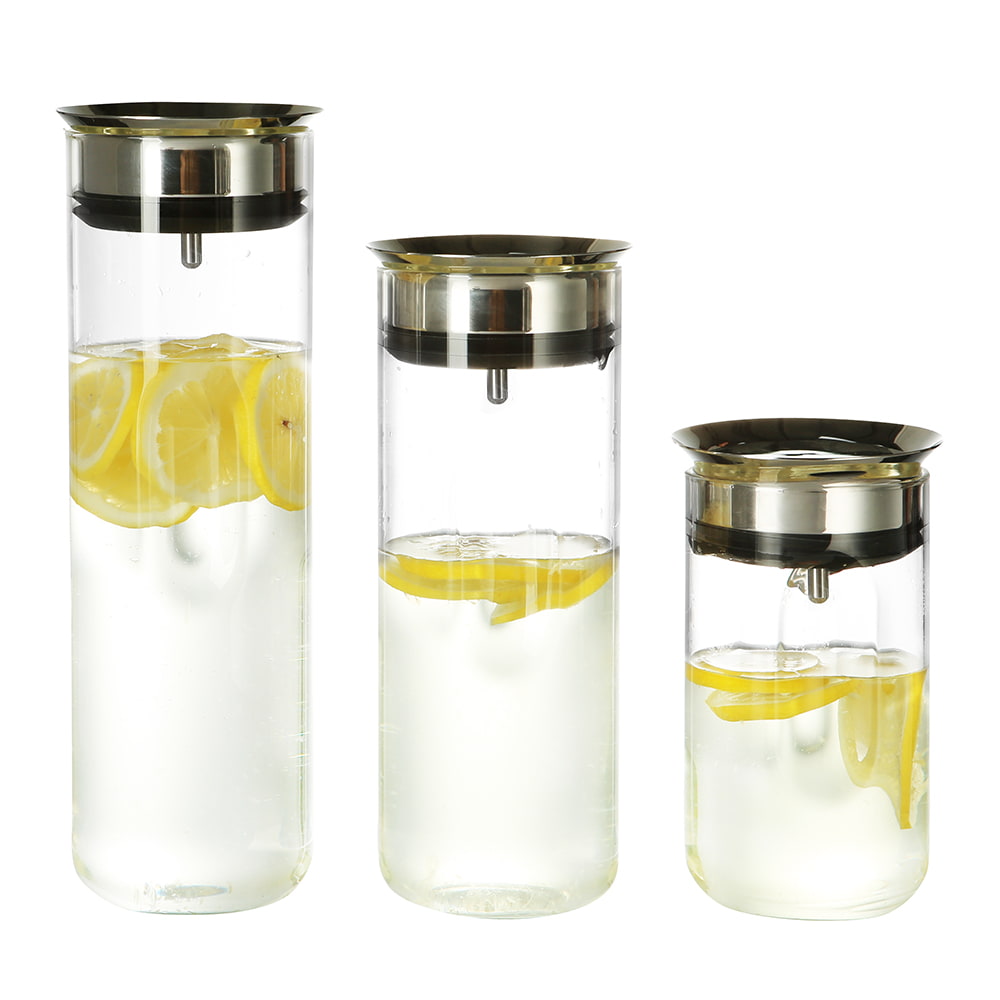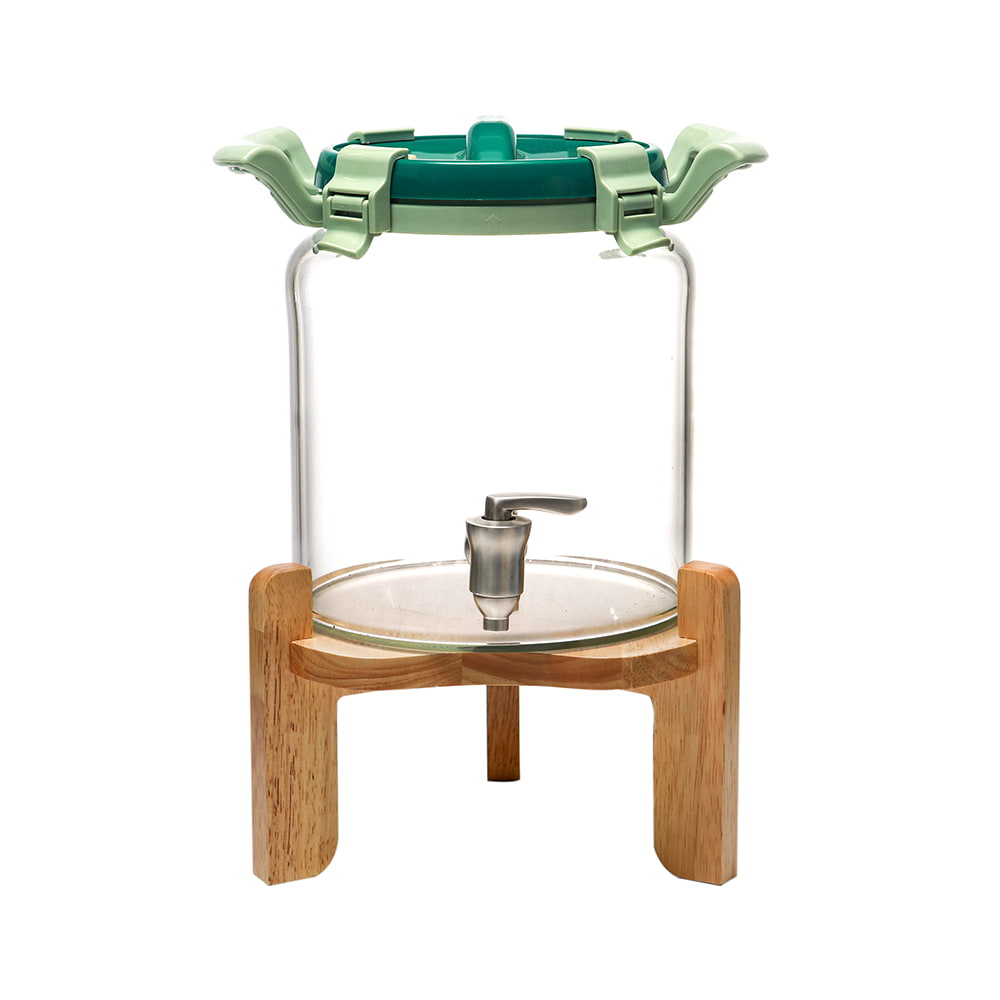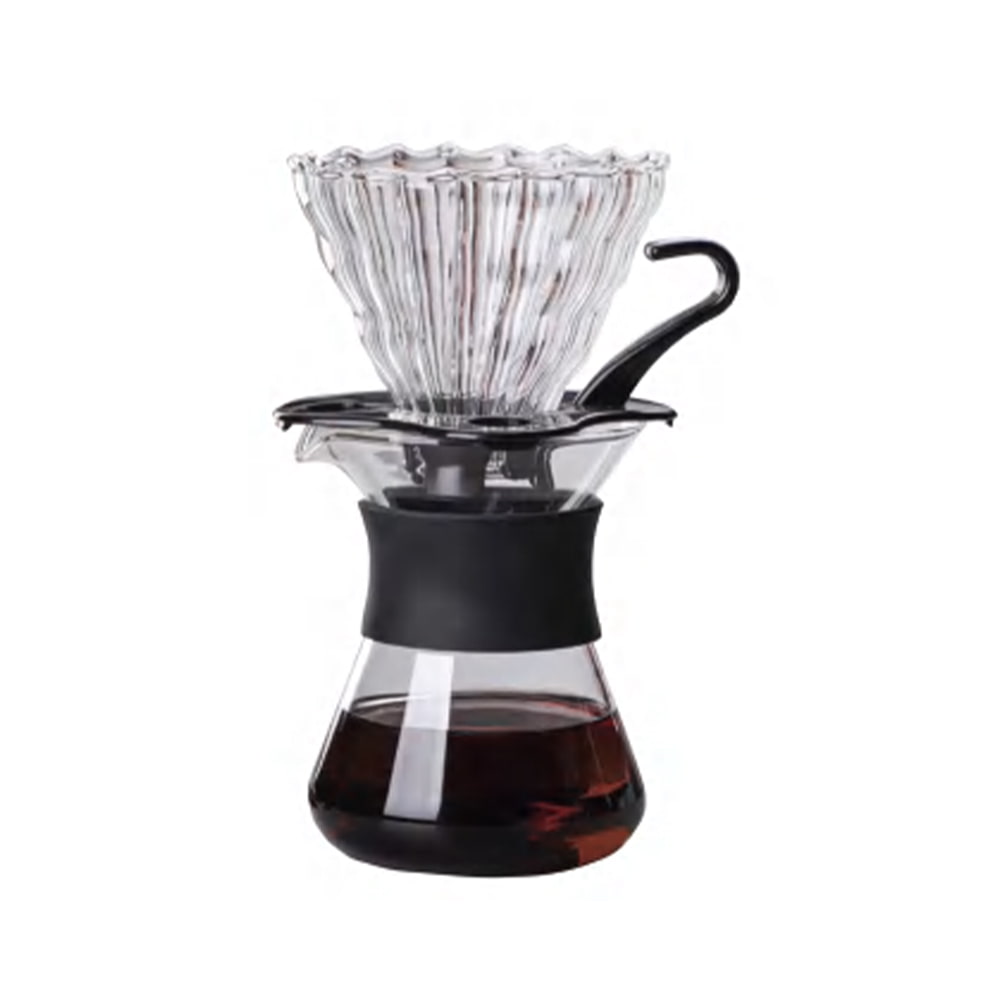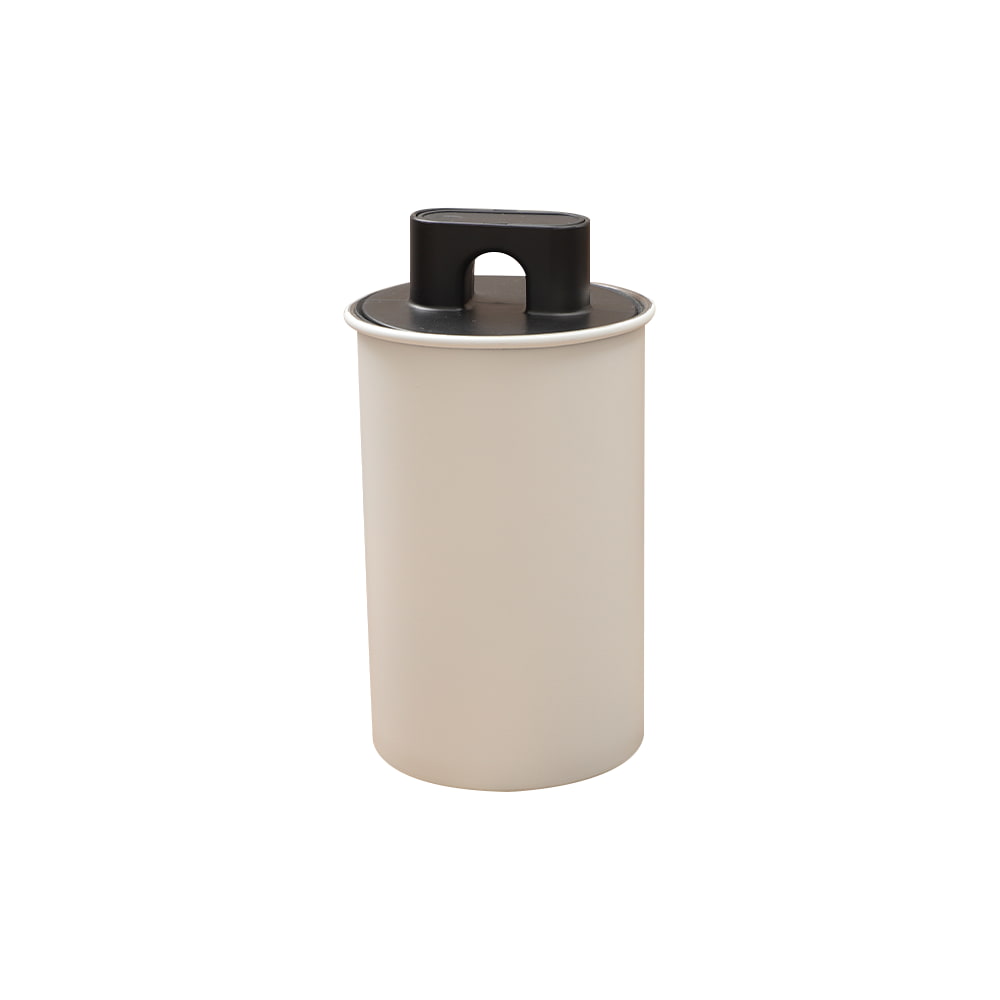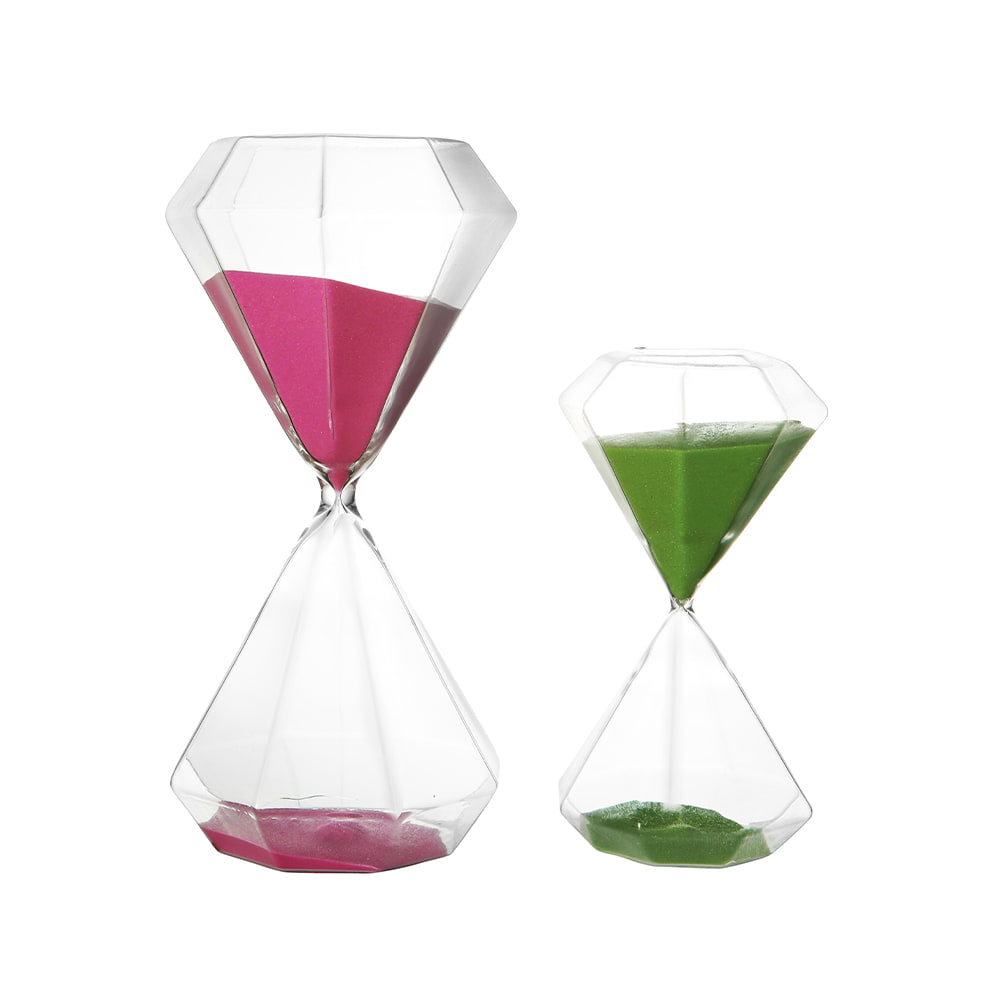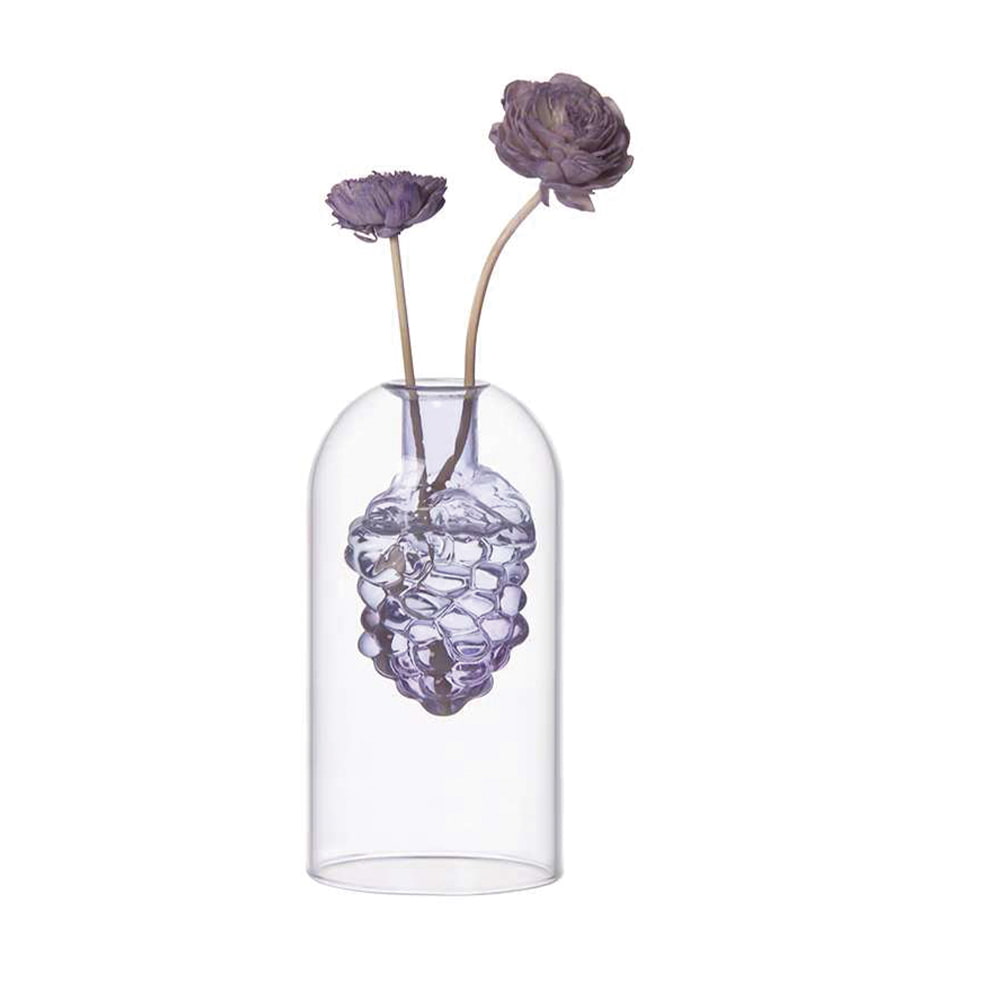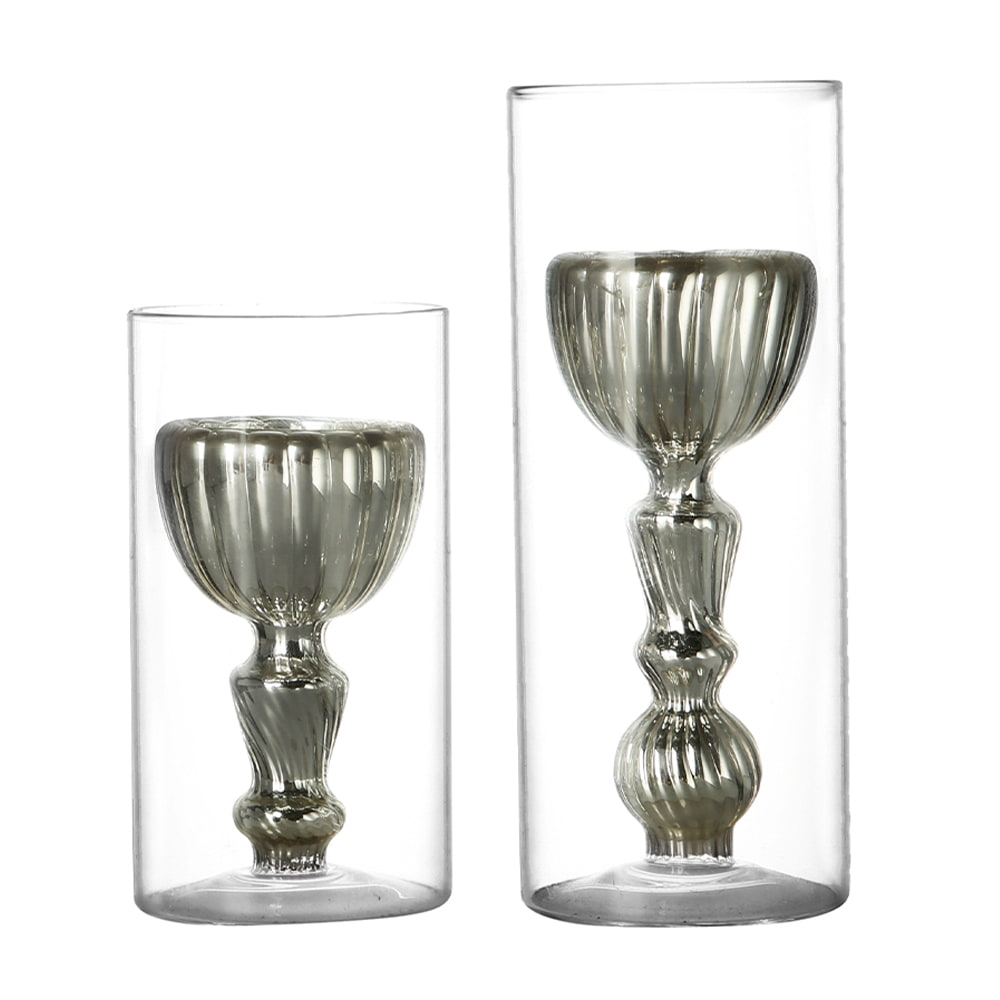 Language
Language



+86-0514-8866-8898
+86-18083766162

julia@nchousewares.com
Jack@nchousewares.com
How resilient is the glass?
Glass Resilience: The Delicate Strength
1. Surface Hardness vs. Inner Brittleness
Scratch Resistance: Rivals quartz; knives, keys, or sand won’t mar its surface.
Impact Vulnerability: A tiny pebble or careless tap can shatter it—glass lacks flexibility to absorb shocks.
2. Weight-Bearing Strength
Vertical Load Champion: Stacked jars hold heavy loads (think canned goods) without cracking.
Lateral Weakness: Side impacts from drops or knocks cause instant failure—like snapping dry spaghetti.
3. Thermal Endurance Limits
Gradual Shifts Endured: Oven-to-table dishes survive if temperature changes slowly.
Sudden Shocks Shatter: Iced tea poured into a hot glass? Catastrophic cracks. Microwave reheats risk explosions.
4. Chemical Invincibility
Acid/Alkali Resistance: Stores vinegar, bleach, or perfume without corroding or leaching.
Solvent Immunity: Nail polish remover or alcohol won’t cloud or degrade it.
5. The "Invisible Wound" Hazard
Micro-Fractures: A small chip from a metal spoon creates stress points. Days or years later, it may spontaneously split.
Edge Fragility: Rim nicks during cleaning propagate cracks—handle lids gently.
6. Tempered vs. Annealed
Tempered Armor: Oven-safe bakeware or phone screens fracture into harmless crumbs when broken.
Annealed Fragility: Standard jars form lethal shards—never use cracked containers.
7. Longevity Secrets
Century Survivors: Victorian apothecary jars remain pristine if undropped.
UV Weakness: Sunlight degrades untreated glass over: Sunlight degrades untreated glass over decades, causing cloudiness.
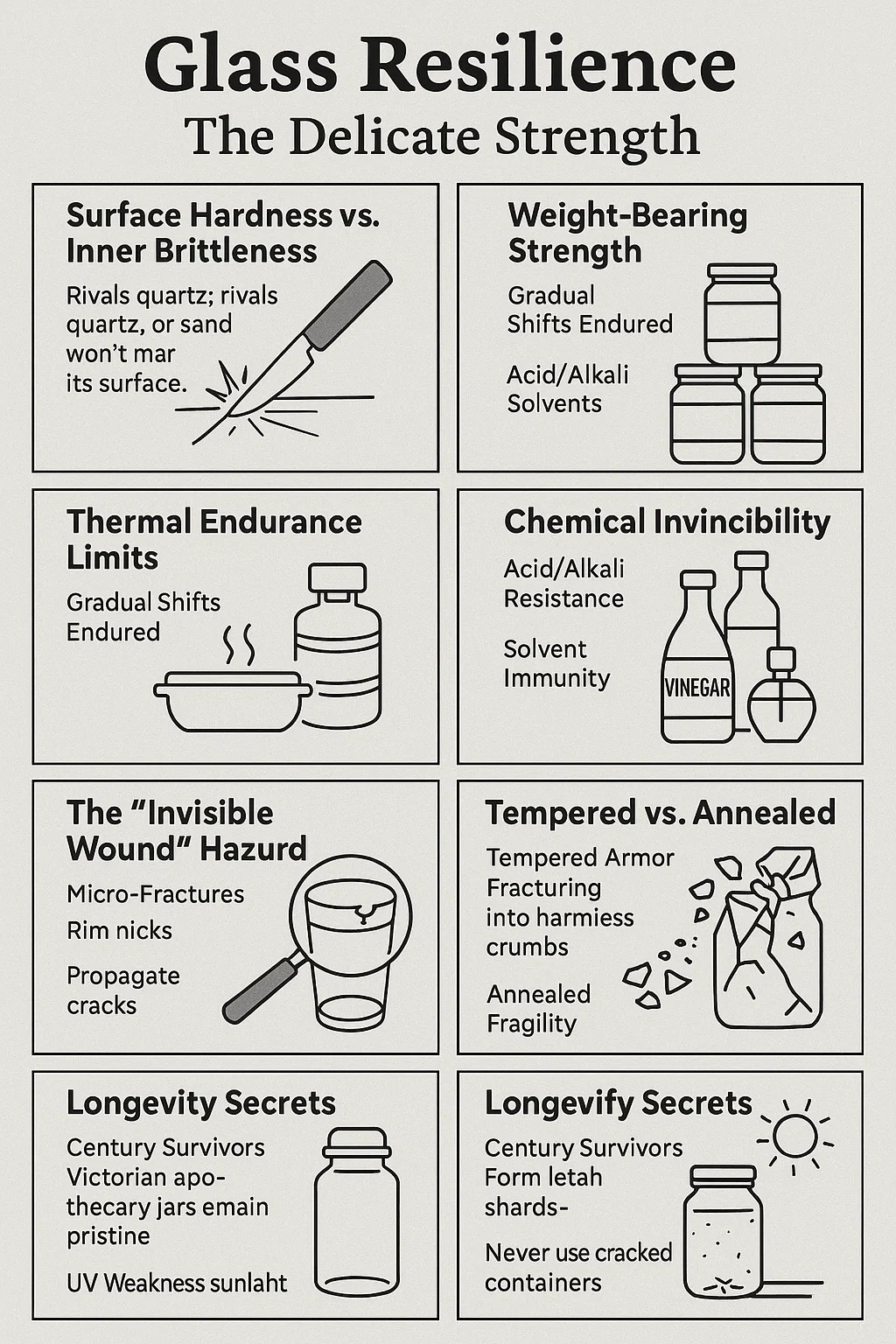
Recommended Products
 English
English  日本語
日本語  Deutsch
Deutsch  Español
Español 


